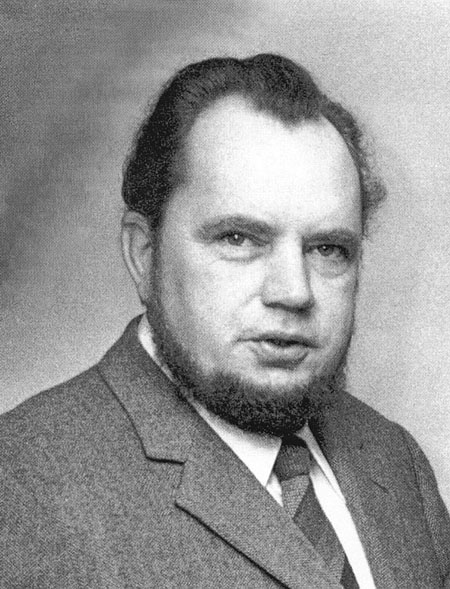
ERHARD GLATZEL
Distinguished Optical Designer
1925-2002
| Return to Biographical page | Return to home page |
 |
ERHARD GLATZEL Distinguished Optical Designer 1925-2002 |
Dr. Erhard Glatzel was one of the great lens designers of the twentieth century. He was born in the city of Marl in Germany and attended the University of Bonn where he concentrated in Mathematics. Then he completed his external doctoral thesis on steel hardening in association with the firm of Krupp in Essen. He handed in his thesis at the University of Cologne whereupon he received his Ph.D.
At this point in his life, he joined the firm of Carl Zeiss in Oberkochen. He was instrumental in continuing the tradition of excellence in lens design at Carl Zeiss at a critical time in the firm's history. Dr. Glatzel designed numerous lenses of varied purposes but he was well known for his photographic objectives. Primary among these are the famous Hologon of 1964 and the Distagon that is the basis ~ for the modem double-bulge micro-lithographic lens. The Hologon was adapted for a special version of the Contarex camera, which was devoted solely to this lens. He designed a special wide-angle lens for the Hasselblad camera that was taken to the Moon. For this he was honored with a special award from NASA named "The Apollo Achievement Award." He also was awarded with the Diesel Gold Medal as an "important, successful researcher."
Most importantly, as the "chief optical designer of the company Carl Zeiss," Glatzel brought Zeiss into the computer age with regard to optics design and developed the adaptive optimization method in lens design. He wrote several very important papers dealing with lenses and their design. Worth noting in English are the papers "New developments in Photographic Objectives" (1965 and, again, in 1975) and "New lenses for Micro-lithography (SPIE proceedings V 280, 1980).
Dr. Erhard Glatzel was an exemplary,
creative scientist of the old school and was held in great esteem as a person
and a colleague by everyone. His calm, prudent and yet humorous character fascinated
anyone who knew him personally. His obituary reads "Do not mourn because
the life is over but be glad because it was a good life."
A few examples of his work follow:
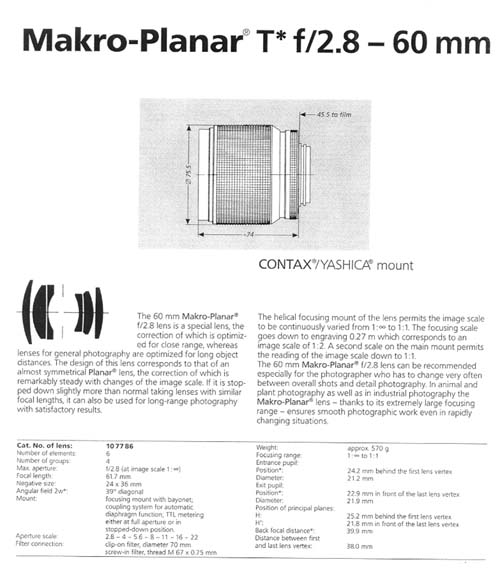 |
|
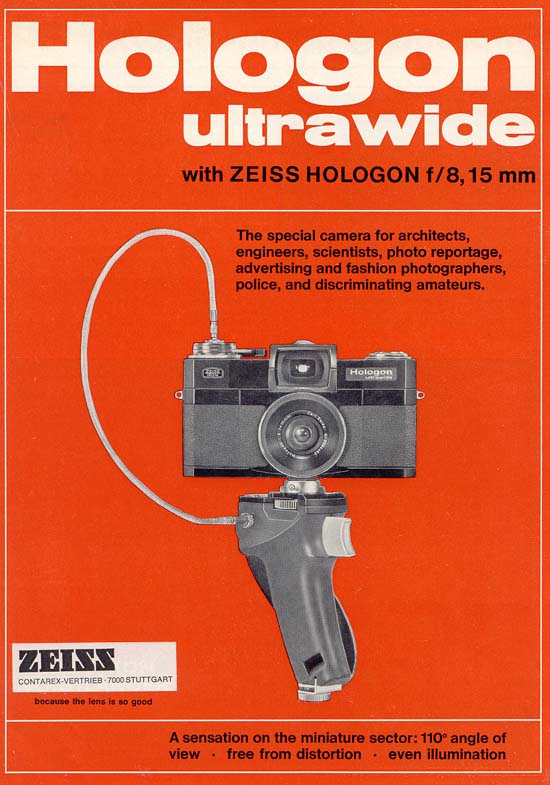 |
|
 |
|
These are just a small sampling of the scientific accomplishments made during by Dr. Erhard Glatzel during his lifetime. Here is a view of the honor awarded him by NASA
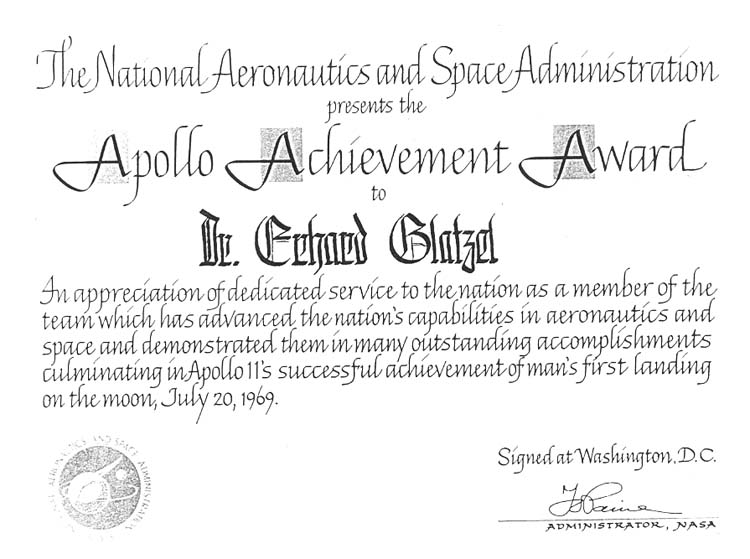 |
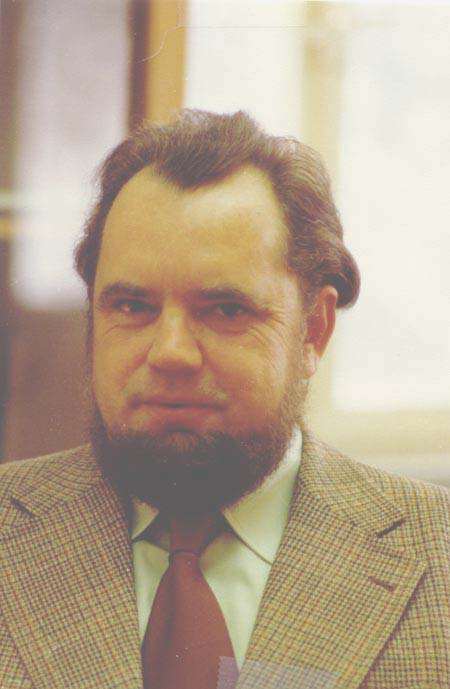 |
|